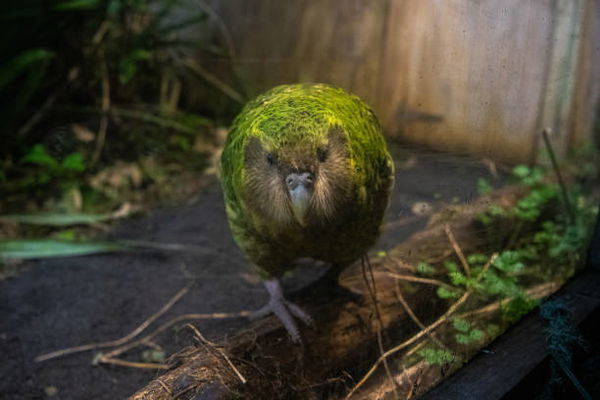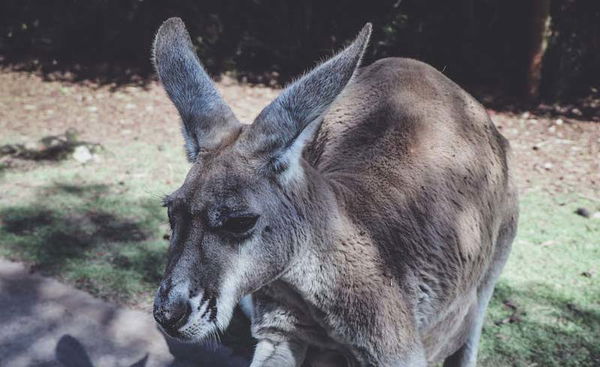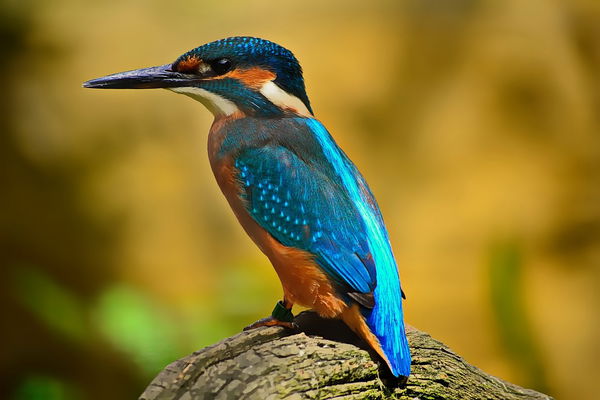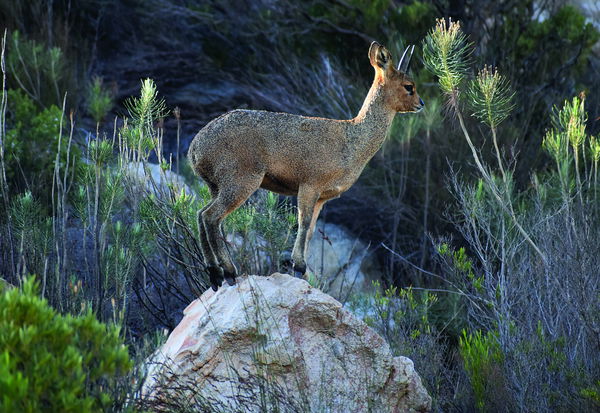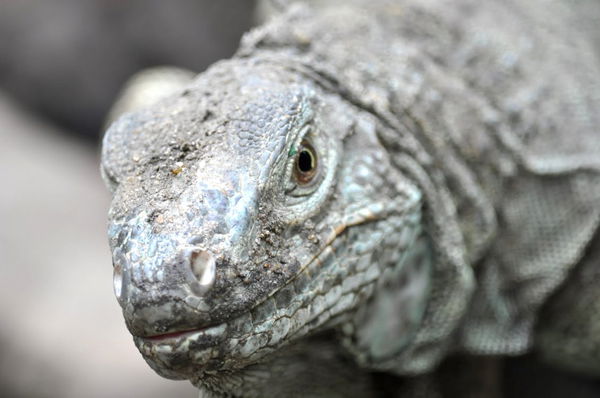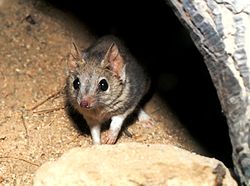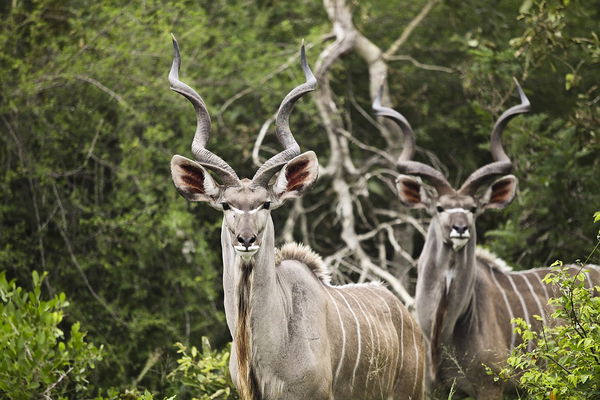The kagu is a flightless bird that is endemic to the forests of New Caledonia, a group of islands in the southwest Pacific. Kagus are known for their striking appearance, with a grey body, white underbelly, and striking blue-grey feathers on their wings and tail.
Kagus are also notable for their distinctive calls, which sound like a cross between a whistle and a wail. They are omnivorous, feeding on a variety of insects, snails, worms, and fruits.
Kagus are considered endangered due to habitat loss and predation by introduced species such as rats and feral cats. Conservation efforts are underway to protect their remaining forest habitats and reduce the impact of these threats.

